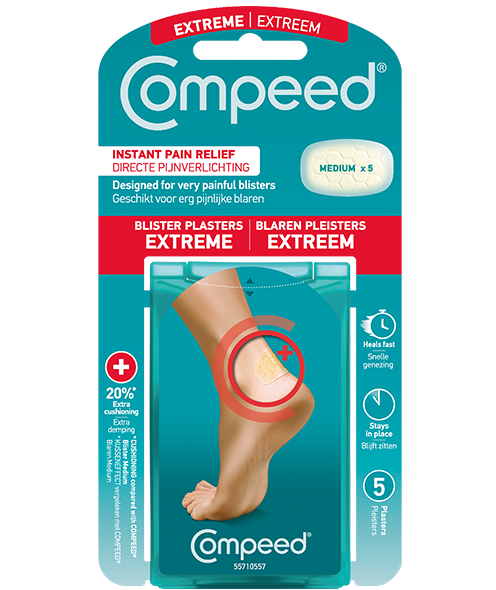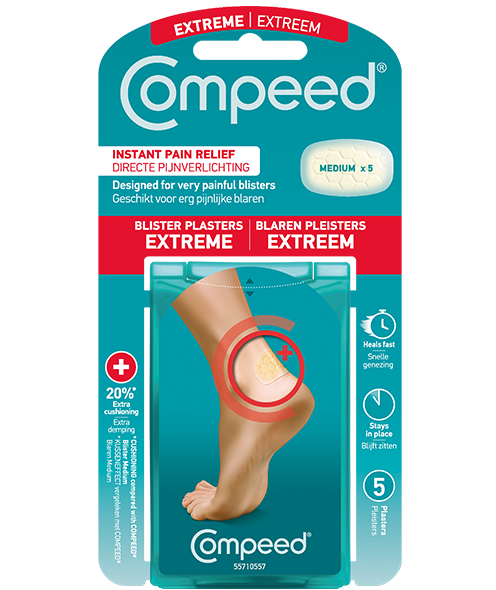Running is a great way to get your heart pumping, boost your mood and stay in shape – but it’s just as important you cool down after your run as it is for you to warm up beforehand.
Cooling down isn’t just about gradually returning your body to its resting state to avoid overexertion and injury – it’s also about helping your body to maximise fitness by eating and drinking well, and ensuring you have enough rest time before your next workout.
So here are the five things you can do to get the most out of your running routine and keep yourself in tip-top condition throughout your training:
Cool down properly
As tempting as it can be to zonk out on the sofa and bask in the warm afterglow of your run the second you get home, a proper cool-down is a vital element of finishing your session.
Ending your run with light jogging or walking for 5-10 minutes will help correctly transition your body from the high-intensity state of running to the low-intensity state of resting, thereby reducing the risk of muscle cramps and soreness. Gradually decreasing your level of activity prevents your blood from pooling in the lower parts of your body and causing dizziness.
Once you’ve ticked off a bout of light activity at the end of your run, that’s when you can move on to…


Stretches for flexibility
Stretching isn’t just something that you do at the start of your run – you need to incorporate it into your post-run recovery too, so you can improve flexibility, reduce muscle tension and prevent injuries.
It’s important to focus your stretches on those muscles that have been worked most intensively during your run:
- Hamstrings. The muscles at the back of your thighs are often tight after running. Give them a stretch by sitting on the ground with one leg extended, and the other bent with the sole of your foot touching the inside of the extended leg. Gently reach for your toes.
- Quadriceps. Stretch your front thigh muscles by standing on one leg and pulling the foot of your other leg towards your buttocks.
- Calves. To stretch your calves, stand facing a wall with your hands against it, and move one of your feet back while keeping the leg straight. Bend your foremost knee while pushing the heel of the extended leg into the ground.
- Hips/groin. Maintain hip flexibility with lunges; put one foot forward while lowering your hips towards the ground and keeping your back leg extended.
Hold each stretch for 15-30 seconds and repeat 2-3 times on each side. Avoid jerky movements, keeping the stretches gently and controlled to prevent injury.
Rehydrate!
Running uses up a lot of fluid in your body, especially when you’re sweating buckets. This can lead to electrolyte imbalances and dehydration that cause muscle cramps, dizziness and subpar performance. Rehydration is vital to post-run recovery.
Make sure you have some water, an electrolyte-rich drink or a sports drink that contains minerals like sodium, potassium and magnesium. Replenishing your body with electrolytes helps to replace what has been lost through sweat, thereby maintaining proper muscle function.


Post-run nutrition
After a run, your body is positively crying out for nutrition. Any nutrients you eat will be absorbed rapidly into your system, helping your muscles to repair themselves and grow stronger.
Here are the nutrients to focus on in that all-important post-run period:
- Protein. The cornerstone of muscle growth and repair. You should aim to eat some protein between 30 minutes and two hours after your run. Think meat, poultry, fish, beans and dairy – or maybe a protein shake or smoothie with added protein powder.
- Carbs. Body fuel: your primary energy source. Glycogen is depleted after a run, so you need to replenish it with complex carbohydrates like whole grains, fruits or veg.
- Antioxidants. Running causes oxidative stress, which in turn can cause muscle inflammation and damage. Antioxidant-rich foods like berries, dark leafy greens and nuts can guard against this.
The ideal post run snack or meal will include a balanced combination of the above, but your personal needs may vary based on the intensity and duration of your sessions. A nutritionist can help you figure out the ideal mix for your specific goals.


Rest and recover
Running is a great activity for physical and mental health, but you mustn’t underestimate the wear and tear that it can cause on your body – especially if you don’t ensure you get adequate rest and recovery.
During a run, your body experiences tiny tears in your muscles from the strain you are putting it through. You need a sufficient period of recovery after runs to allow your muscles to repair and grow stronger from these tears.
Resting also helps your body to adapt to the (usually increasing) demands of your training schedule, thereby ensuring that you don’t risk injury from overuse. Meanwhile, your mental focus is enhanced by rest, which contributes to your overall sense of wellbeing. Periods of rest are also a great opportunity to get a sense of whether you are developing any aches or pains – for example a hot spot on your foot that might be prevented from turning into a blister by the application of a Compeed plaster.
Finally, make sure you are getting good quality sleep; this is when your body releases its growth hormones, doing its most intensive work repairing muscle tissue and restoring energy levels. Between seven and nine hours of sleep per night is ideal for supporting running performance and overall health.















